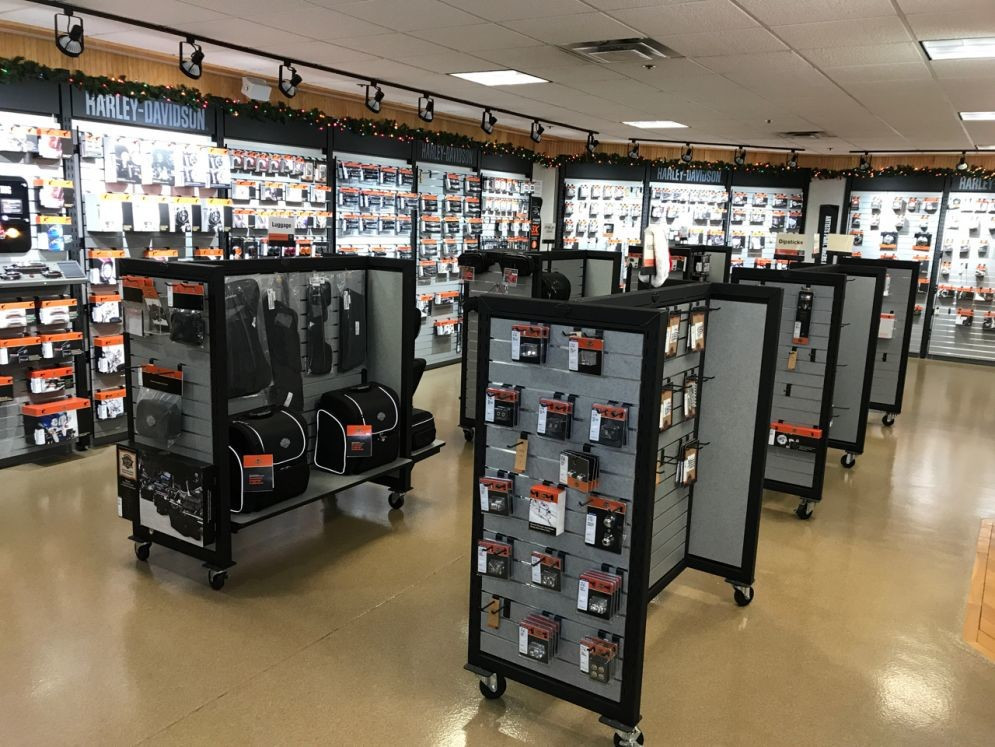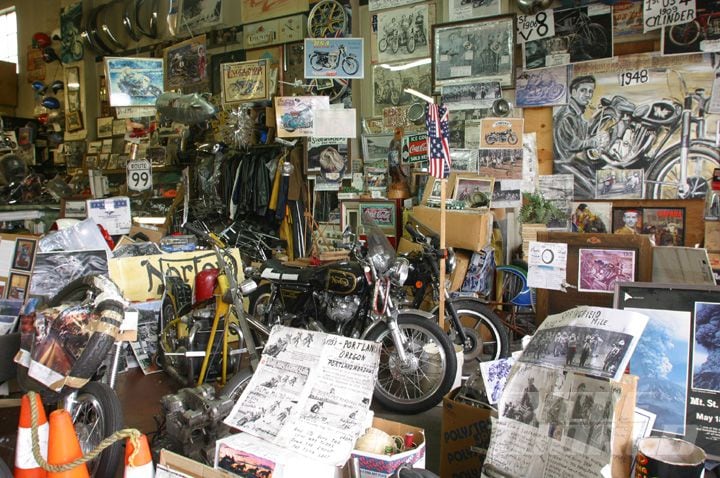Grasping Bike Gears: Exactly How to Maximize Your Riding Experience
In the world of motorcycling, understanding the art of gear adjustment is important for improving your riding performance. Effectively utilizing and comprehending bike equipments can significantly influence velocity, control, and fuel performance, changing a typical ride into a seamless, exhilarating journey.
Recognizing Gear Mechanics
Just how do the complexities of equipment auto mechanics affect motorbike performance? At the core of motorbike dynamics, gear mechanics play a pivotal duty in transforming engine power right into movement, eventually dictating speed and control. Gears, carefully crafted parts, permit cyclists to enhance torque and speed, guaranteeing a smooth change with various terrains and velocities. The equipment ratios, very carefully made, establish the connection between engine changes and wheel turns, affecting velocity and gas performance.
Understanding gear auto mechanics starts with identifying the relevance of the gearbox, which houses numerous gears of varying sizes. These equipments interact with a process called meshing, where teeth of different gears engage to send power. The accuracy of this communication is important; any misalignment or damage can cause ineffective power transfer, preventing performance. In addition, the arrangement and dimension of gears influence the bike's capability to manage various tons and speeds.
Furthermore, the concept of gear shifting is integral to optimizing performance. Smooth and timely shifts ensure that the engine runs within its ideal power band, stopping unneeded strain and enhancing longevity (motocross gear). By understanding these mechanical complexities, motorcyclists can attain an unified blend of power, control, and efficiency, boosting their riding experience
Timing Your Shifts
Change timing mastery is essential for optimizing motorcycle efficiency and enhancing the riding experience. Correctly timed shifts guarantee that the engine operates within its optimal power band, which is vital for preserving control, attaining smooth velocity, and guaranteeing the long life of the motorcycle. Cyclists have to develop an instinctive sense of when to change equipments, which entails comprehending the partnership in between engine changes per minute (RPM) and speed.
To master shift timing, pay close attention to the engine's sound and really feel, as these provide important hints regarding when to transform equipments. When the engine comes close to the upper array of its power band without reaching the redline, the optimal shift point normally happens - motorbike shop. Shifting also early can cause an absence of power, while shifting far too late may cause unnecessary engine strain
Furthermore, roadway problems and riding design influence change timing. In contrast, throughout highway riding, less shifts at higher speeds can be a lot more appropriate.
Enhancing Fuel Efficiency
While mastering motorcycle equipments is vital for efficiency, improving gas efficiency is equally important for both environmental and financial factors. Ideal fuel usage not just decreases operational costs but additionally minimizes the ecological impact of riding. To achieve this, one need to understand the elaborate connection in between equipment choice and engine efficiency.
Riding in a greater gear at lower speeds can lead to engine lugging, which is harmful to both fuel economic climate and engine health and wellness. Alternatively, riding in reduced equipments at high speeds results in unnecessary gas consumption.
Additionally, routine upkeep plays a pivotal function in fuel efficiency. Making sure that the bike is well-tuned, with clean air filters and effectively pumped up tires, can lower and improve aerodynamics gas wastage. Adopting a riding design that welcomes gradual velocity and smooth deceleration can contribute to far better fuel economic climate.

Techniques for Smooth Transitions
Accomplishing smooth equipment transitions is essential to improving the riding experience and guaranteeing the long life of a motorbike's transmission system. Proper gear shifting not only adds to a smooth trip however also lessens damage on the mechanical elements. To master the art of smooth changes, riders have to focus on click site a few vital strategies.

Secondly, clutch control plays an essential role. Engaging and disengaging the clutch smoothly needs method. The clutch bar ought to be launched progressively, allowing for a seamless transfer of power from the engine to the wheels without causing a jolt or sudden activity.

Adjusting to Roadway Conditions
Navigating varied roadway conditions is an important ability for any type of motorcyclist aiming to preserve control and safety and security. Whether you're riding on wet surface areas, gravel roads, or browsing sharp turns, your capacity to adapt your equipment use and riding technique is vital. Comprehending how to readjust your equipments suitably can significantly affect grip and stability, making certain a safer journey.
In comparison, when riding on gravel or irregular terrain, lower gears are better. Lower gears supply explanation much better control and enable you to respond more quickly to unanticipated adjustments in the road surface area.
Sharp curves require exact equipment management to stabilize rate and control. Downshifting prior to going into a curve can assist keep momentum while guaranteeing the motorbike continues to be stable throughout the turn. Consistent technique in varied conditions boosts your ability to respond and anticipate to adjustments in road texture and incline.
Final Thought
Understanding motorcycle gears considerably improves the riding experience by boosting control, fuel, and acceleration effectiveness. Adjusting equipment option to different road problems, such as utilizing greater equipments on wet surface areas and reduced gears on crushed rock, further enhances handling and safety.
Recognizing gear technicians starts with recognizing the relevance of the transmission, which houses multiple equipments of differing sizes. These gears interact with a process understood as meshing, where teeth of different equipments involve to transfer power (mx parts nz). Gentle modifications to the throttle during gear shifts can protect against jerky movements and maintain a regular riding rate
Whether you're dirt bike riding gear riding on wet surfaces, gravel roadways, or browsing sharp turns, your capacity to adapt your equipment use and riding method is paramount. Adapting equipment choice to different roadway conditions, such as making use of greater gears on damp surfaces and reduced gears on crushed rock, further enhances handling and safety.